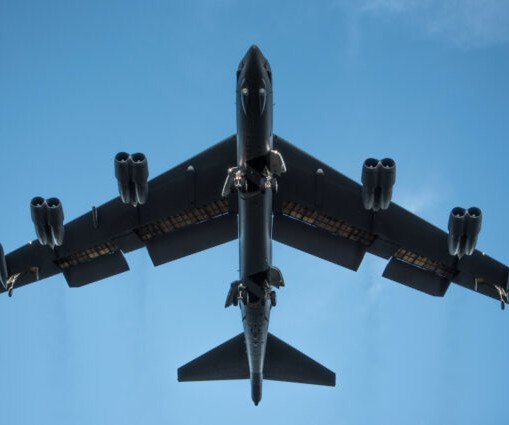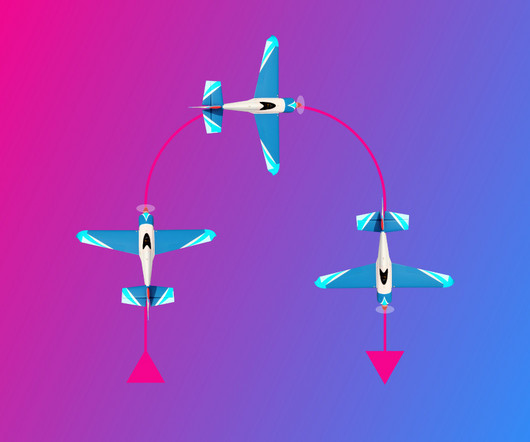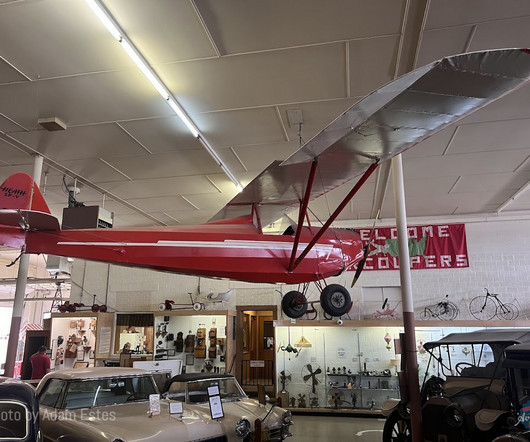How the B-52 Lands in Crosswinds
Fear of Landing
JULY 11, 2025
Here’s a cool video showing most of the gear retraction sequence [link] critical_patch offers an explanation as to why: The BUFF has such poor rudder authority that it has to compensate for crosswind in other ways. Further along, critical_patch chimes in again with another effect of the small rudder. Alexander W.





























Let's personalize your content